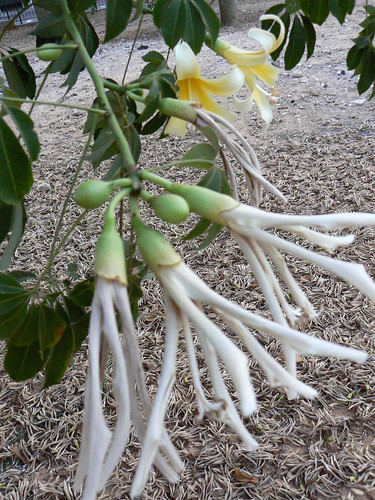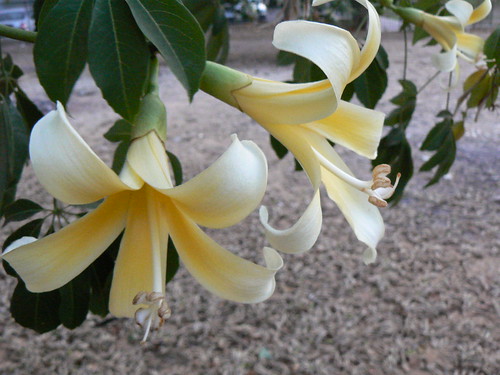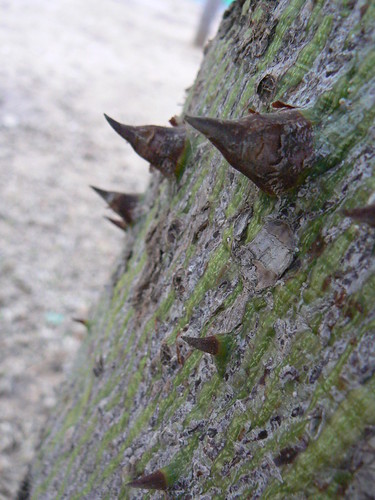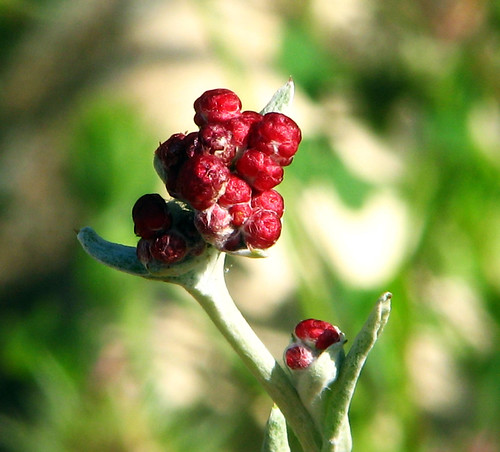The Bahá'í Gardens in Akko
This spring I visited the Baha'i gardens in Akko (aka Acre). At the gate of the gardens, there's a beautiful marble fountain with red and white flowers planted around it. It is not only beautiful, but serves a purpose: cleansing one's mind in preparation for meditative, slow-paced walk on the garden's coarse gravel trails, and prayer inside the fragrant holy temple. You see, bathing is not merely an act of rinsing off dirt, but also bring on the clean, through the pure water that seeps through your pores; and the sound of water alone has the power to clear the mind's worries and establish a sense of peaceful calm.
The Bahá’í Gardens at Bahjí in Akko was built around the historic mansion where Bahá’u’lláh, the Prophet-Founder of the Bahá’í Faith, resided during the final years of his life (he spent most of his life imprisoned by the Ottoman empire - first in prison and then in a house-arrest in this Turkish mansion near Akko - where he wrote the Kitáb-i-Aqdas - the central book of the Baha'i faith); and the shrine around his tomb. And quoting from their website: "The approach to the circular garden is a long, straight path framed with cypress trees and informal plantings. As you walk, the silence seems to grow in intensity. Entering the heart of the site is like arriving in a world of peace and serenity, a wall-less sanctuary that is protected without being enclosed. Here the formal, precise gardening flows around historic buildings and natural elements that include a centuries-old sycamore fig tree and the remains of an ancient olive grove".
The style of a Baha'i garden reminds me of the Persian miniatures book I would look at for hours at my grandmother's home. Everything is very manicured and precise. Each bed is tended daily to remove old and dying flowers - which are hand collected or even vacuumed by the gardeners. Flowers are cut at their peak before they come into seed to avoid any chaos in this orderly garden. The result is a vast space with defined areas for flowers, greenery, white gravel, black pebbles... Everything is very orderly and symmetric, like the artistry of a Persian carpet.
At the innermost part of the garden, there is the temple where the prophet-founder Bahá'u'lláh is buried. After removing one's shoes, one can enter this sacred space. Complete and total silence is demanded at this holy place, and touching of any of the objects is prohibited. In this total silence, you surrender entirely to the light, sights, sounds and scent of the place. It is sprinkled with copious amounts of rosewater, and together with the skylight and hanging greenery that grows towards the naturally-lit ceiling, the soft Persian rugs under one's feet, there is a sense of harmony, peace and serenity in this place. Yet, there is also a certain heaviness that is hard to quite pinpoint or explain, but it is felt - perhaps because the Baha'i faced prosecution at its beginnings in both Persia and the Ottoman Empire.
Roses seem to have a symbolic place in the Baha'i faith and were favoured by the Bahá'u'lláh, and surrounded his roses picked in the gardens:
Every day," Nabíl has related, "ere the hour of dawn, the gardeners would pick the roses which lined the four avenues of the garden, and would pile them in the center of the floor of His blessed tent. So great would be the heap that when His companions gathered to drink their morning tea in His presence, they would be unable to see each other across it. All these roses Bahá'u'lláh would, with His own hands, entrust to those whom He dismissed from His presence every morning to be delivered, on His behalf, to His Arab and Persian friends in the city."
I can't know for certain their significance, but in other traditions, roses symbolize harmony, love, peace - the core values of the Baha'i faith, which tried to create a unity of faith across the globe. Although a different faith - the Sufis (mystics of Islam) practiced meditation in rose gardens, which are the most important theme in Persian art – Persian miniatures as well as carpet designs depict such rose gardens. And not unlike the Sufi poets - they have noticed the relationship between the Rose and the Nightingale:
"One night," he continues, "the ninth night of the waxing moon, I happened to be one of those who watched beside His blessed tent. As the hour of midnight approached, I saw Him issue from His tent, pass by the places where some of His companions were sleeping, and begin to pace up and down the moonlit, flower-bordered avenues of the garden. So loud was the singing of the nightingales on every side that only those who were near Him could hear distinctly His voice. He continued to walk until, pausing in the midst of one of these avenues, He observed: 'Consider these nightingales. So great is their love for these roses, that sleepless from dusk till dawn, they warble their melodies and commune with burning passion with the object of their adoration. How then can those who claim to be afire with the rose-like beauty of the Beloved choose to sleep?'
Visiting the gardens I learned a few things - not just about the Baha'i religion history and heritage; but also about how important it is to dedicate a space for meditation, prayer and spirituality. Making a space for that in your physical world makes it also easier to give it space in our packed and fast-paced timetables.
And tying it back to spring cleaning (my seasonal obsession): As daunting as clearing and organizing one's personal space may seem, it is also truly therapeutic and a spiritual process in which you rid your home of negative and stagnant energy, and make room for positive forces to flow. Beyond cleaning, one’s home should be an oasis from the outside stresses of the world. This is why in so many Eastern cultures there is a custom of removing one's shoes before entering a place of worship, or even someone's home. In the Middle East, washing the feet was an important part of hospitality.
In this day and age of fast-paced living, creating a barrier between work and rest, secular and holy is always a challenge. Using incense and candles to scent the home also creates a warm and inviting atmosphere, and ultimately forces us to pay more attention to our breath, subconsciously coaxing mindfulness into our hectic schedule, and will make us feel more connected to our surrounding. If you work from home, using a special scent at the end of the day to mark the beginning of your "off" time might also be beneficial. Additionally, burning a natural wax candle (made of bees or soy wax) candle helps create negative ions in the air, contributing to a sense of well-being and clarity of mind.
Sprinkling of water - especially fragrant ones - can also be a cleansing experience, both spiritually and physically. Regardless of one's religion, or lack of it thereof - there is power to such rituals of cleansing that goes beyond what meets the eye. The intention of the action has a lot more impact than the pure science of these action (using anti-bacterial agents; or using plants - in incense or water - that symbolize those values to you: Are you cleaning your home to make it bacteria-free? Or are you doing it to make space for positivity and renewal?
By the way, there is an important Baha'i holiday coming soon: the Festival of Ridván, beginning April 21st, this 12-days-long festival celebrates the public declaration of Bahá'u'lláh's mission.







